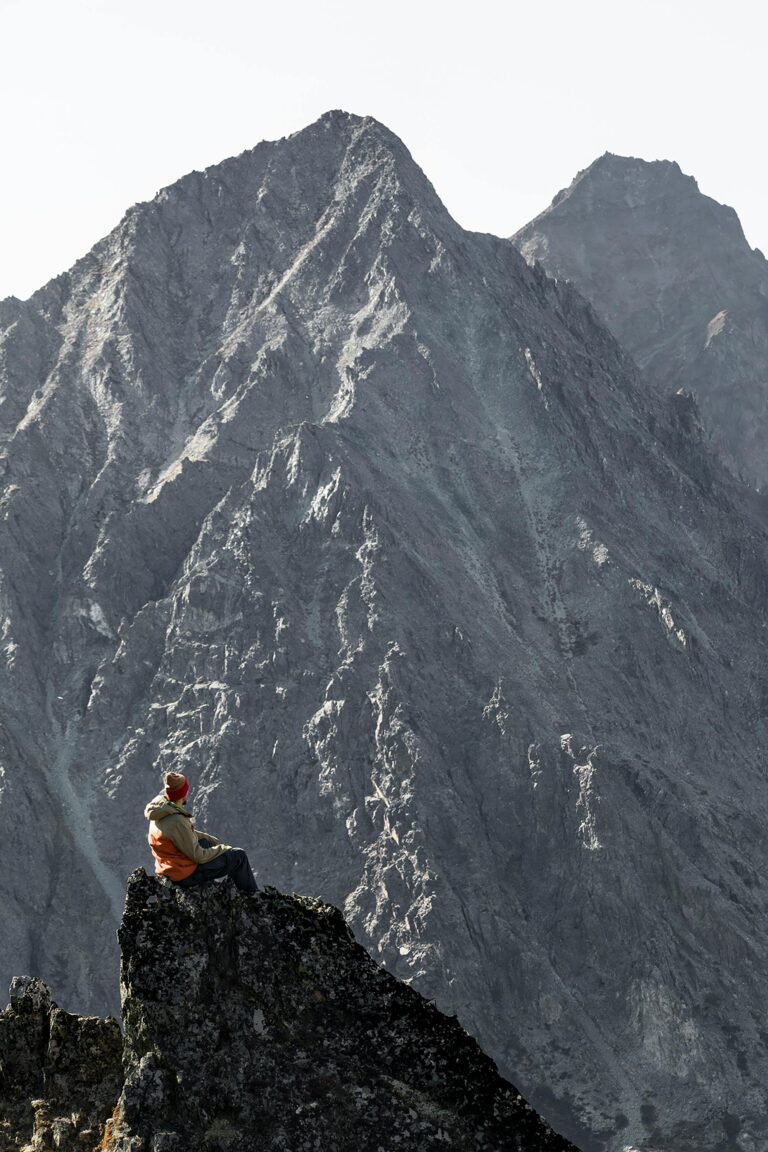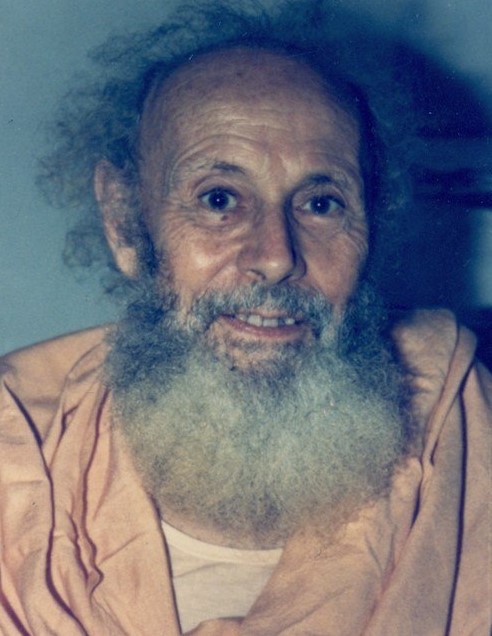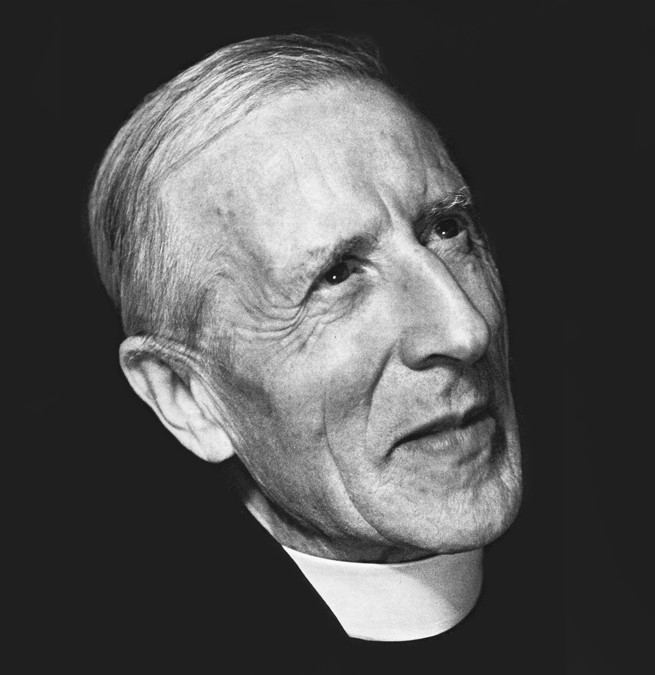The mountainous path to prayer


Patrick Corbett CSsR
Father Pat is a Redemptorist priest and writer
In the following passage, Saint Paul is quoting a very early hymn expressing belief in the Incarnation. God, putting aside divinity and being clothed in humanity. Like us in all things but sin!
His state was divine
Yet he did not cling
To his equality with God
But emptied himself
To assume the condition of a servant
(Philippians 2:60)
In the last issue, I wrote about the Benedictine monk Dom Bede Griffith who declared, “I am going to India to discover the other half of my soul!” He not only put aside his monastic habit but put on the robes of the Hindu monks. He was following in the steps of another Benedictine monk, this time from France, who had made a very similar journey.
Henri Le Saux was not the first, as St Pope John Paul 11 wrote, “to breathe with two lungs” – the lung of the East and the lung of the West, but he is one who has written about his journey. Henri, before the outbreak of World War 2, had joined the Benedictine monastery but was called up for military service.
On his return to the monastery, he was granted permission to explore his Benedictine vocation in India by immersing himself in the prayer traditions of the East. He was the first, along with another French priest, Fr Jules Monchanin, to set up a Christian Ashram and explore the relationship between Hindu and Christian ways of prayer.
Le Saux was to adopt a Hindu name with the meaning, Bliss of the Anointed One. Then, in a small book with the simple title Prayer, he called into question his own Benedictine methods of prayer and challenged many of the ways of prayer in Western Christianity. He wrote of his own earlier experience of prayer:
‘Prayer tends to become a simple outpouring of the heart, sometimes wonderfully sweet sometimes angonising, to the Lord either understood within or near at hand. It can never be recommended enough, so long, at least, as the soul has not discovered the path higher up the mountain!
The aim of prayer, indeed, is not to think about God, nor to form concepts of God, however strong and lofty they may be. It is for God, beyond any sign and veil, that the soul, fed by the Gospel and Spirit is thirsty.
I seek that fine point of consciousness, that apex of the soul!
Where more truly than anywhere else
I might be in the presence of God,
Face to face with the Father
Where I might be
“I” saying “Thou” to my God.
Le Saux refers to ‘the path higher up the mountain’. It was into such prayer that Jesus introduced the three disciples when he led them up a high mountain and revealed his divine beauty, ‘His Face shone like the sun’.
John Paul 11 tells us how the Eastern Church found this path higher up the mountain. “With penetrating insight, the Fathers of the Eastern Church have called the spiritual path – ‘love of Divine Beauty’… and the three disciples were caught up in ecstasy … Indeed, those who in the power of the Spirit are led progressively into the full configuration to Christ reflect in themselves a ray of the unapproachable light. In the countenance of Jesus, the ‘image of the invisible God’ (Colossians1:15) and the reflection of the Father’s glory (Hebrews 1:3) we glimpse the depths of an eternal and infinite love which is at the very root of our being.” Vita Consecrata 18
Teilhard de Chardin, a French Jesuit and famous paleontologist and theologian – some may be aware of his famous Prayer of the Universe – is often linked with Fr Le Saux and writes, very movingly, of his own journey in prayer.
“We must try to penetrate our most secret self and examine our being from all sides. And so, for the first time in my life perhaps (although I am supposed to meditate every day!), I took the lamp and, leaving the zone of everyday occupations and relationships where everything seems clear, I went down into my inmost self, to the deep abyss whence I feel that my power of action emanates. But as I moved further and further away from the conventional certainties by which social life is superficially illuminated, I became aware that I was losing contact with myself. At each step of the descent a new person was disclosed within me of whose name I was no longer sure, and who no longer obeyed me. And when I had to stop my exploration because the path faded from beneath my steps, I found a bottomless abyss at my feet, and out of it came – arising I know not from where – the current which I dare to call my life … At that moment, as anyone else will find who cares to make the same interior experiment, I felt the distress characteristic to a particle adrift in the universe … and if something saved me, it was hearing the voice of the Gospel … speaking to me from the depth of the night: ego sum, noli timere (It is I, do not be afraid)”. Jn 6:20
Perhaps, our journey is still at the foot of the mountain and we are a little afraid to start the climb!
In days past when you were allowed to climb ‘Uluru’, there was a chain to guide you to what was called ‘chicken point’. However, the chain stopped there and you were on your own. There are many ‘chains’ to guide us higher up the mountain of prayer, and there comes a time when we hear: Noli timere – It is I do not be afraid and we can say with Peter: Lord it is good for us to be here!
An Indian mediation
Return within,
to the place where there is nothing,
and take care that nothing comes in.
Penetrate to the depths of yourself,
to the place where thought no longer exists,
and take care that no thought arises there!
There where nothing exists,
Fullness!
There where nothing is seen,
the Vision of Being!
There where nothing appears any longer,
the sudden appearing of the Self!
Footnote: This is the last article in the series on Prayer by Pat Corbett CSsR.
We encourage you to share and use this material on your own website. However, when using materials from Majellan Media’s website, please include the following in your citation: Sourced from www.majellan.media


